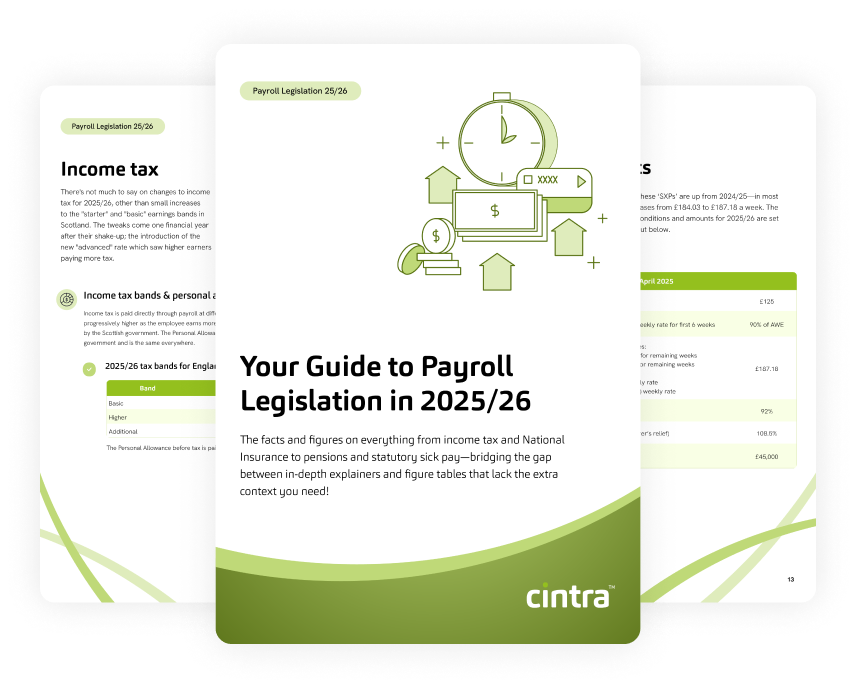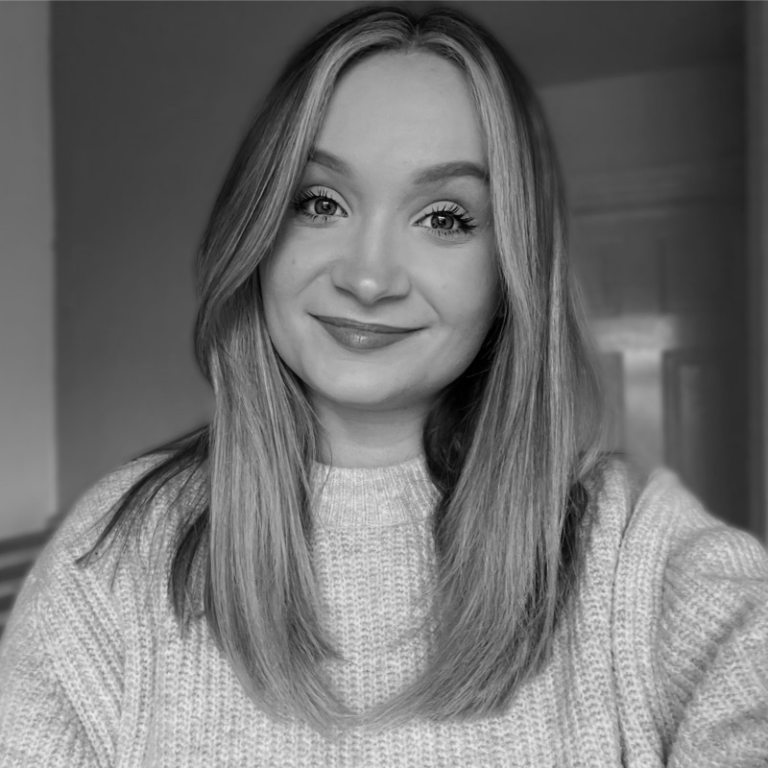Pensions. They’re not just something employees need to think about later in life. Pensions need to be part of your life as soon as you start gainful employment.
And it’s equally important to know the ins and outs, ups and downs of pension planning if you’re an employer.
This article will cover why planning your pension is important and how your organisation can benefit from knowing the obligations when it comes to workplace pensions.
State Pension
The Department for Work and Pensions (that’s the DWP) pays you State Pension when you reach State Pension age—you can use the Gov.uk State Pension age calculator to find out when that will be for you. As long as you’ve contributed enough to your National Insurance pot, you can claim it. Your income and any capital don’t affect your pension amount, but it is liable for taxation.
How is State Pension calculated?
To claim the full £230.25 per week of State Pension (as of April 2025), you’ll need to have banked 35 years’ worth of National Insurance Contributions (NICs). These include those you’ve paid and been credited with.
It’s not a calculation as such – a quick look at your record of NICs (before 6 April 2016) is taken to find your “starting amount.”
Once you’ve got your starting amount, you determine which is higher of these two:
- The amount you’d be entitled to according to the former State Pension rules.
- The amount you’d be entitled to if, when you started working, the new State Pension had been in place.
What’s a workplace pension scheme?
It’s when you contribute some of your pay towards a pension scheme through your job, that is arranged by your employer. Your employer might also contribute to your pension pot. If you qualify for automatic enrolment, your employer must contribute to the scheme as a matter of law.
Workplace pensions come in a couple of forms: occupational and group personal pensions (or stakeholder pensions). Occupational pensions are when your employer sets up a scheme to provide you with a pension. Group personal pensions are schemes chosen by the employer with an individual contract in place between the provider and the employee. If you’re not able to be automatically enrolled into your workplace pension, group pensions may be an option.
What are my options for pension investing?
There are a few different ways to invest your pension money. Broadly, these are company shares, bonds and property. Usually, defined contribution plans will offer you a wide range of funds in different ways. You can choose just the one fund or a few. You can find out the finer details from the fund’s investment experts.
What’s so great about a workplace pension?
Unfortunately, most people won’t be able to live the kind of life they want to live solely on a State Pension. Being enrolled onto a workplace pension, where both you and your employer contribute, fills up your pot for a brighter financial future. There’s a minimum pension contribution from you and your employer and all together that’s 8%. How that 8% happens is a matter for discussion… The minimum an employer must contribute is 3% and if they stick with that, you’ll pay 5%. But if your employer is generous, they may pay 4% and ask you to match it, making the total minimum 8%. Having a workplace pension means:
- You’ll make the most of your employer’s contributions
- If you’re eligible, you’ll get tax relief for every contribution you make
- Your money has the ability to go further (depending on the investments your provider makes of course)
- Overall, having that pot growing nicely will make a huge difference to your pension by the time you retire.
Personal pensions
Personal pensions (or defined contribution schemes) are arranged by you, so you choose the provider and are responsible for the contributions being paid. When you pay money into a personal pension it’s invested (in shares, for example) by the pension provider.
Factors that govern how much you’ll get from a personal pension include the amount that you’ve paid into it, the performance of the investments and how you’ll withdraw your money.
With a personal pension, you’ll get tax relief on your contributions, so any Income Tax you’d lose to the Government will be deposited into your pension pot instead.
Are there other types of personal pension?
Yes! There are stakeholder pensions and self-invested personal pensions (SIPPS).
A stakeholder pension is also a defined contribution pension and your retirement fund will be based on how much you’ve paid in and how the investments have performed. It’s arranged between you and the pension provider. This type of pension has to stick to strict government conditions. Stakeholder pensions are a great option because they’re accessible and flexible, and folks who are unemployed, on low incomes or self-employed can use them if they don’t meet the conditions of other pension schemes.
Self-invested personal pensions (SIPPs) are a type of personal pension that pretty much work in the same way as standard personal pensions. The biggest difference with a SIPP is that you have a wider range of investments from which you can choose.
In any case, it’s worth knowing that if your provider isn’t registered for tax relief with HMRC and doesn’t invest your pension in line with HMRC’s rules, then you’re going to have to pay tax on any contributions.
What are the limits?
There’s no limit on what you can contribute to your pension fund. However, the taxman will come knocking when:
- You contribute 100% of your earnings in a year
- If your pot is over £60,000 for the year.
Annual allowance
You’re allowed to squirrel away up to £60k before you have to start paying tax. This is known as your annual pension allowance. If you go over and above that £60,000 within a tax year, you’ll be taxed on it (and of course it applies to all of your private pensions). It’s possible in some cases to carry forward any unused annual allowance from the previous tax years.
If you find yourself making going over allowances with your pension pot, you’ll get a nice letter from the people at your pension provider telling you so. You (or your pension provider) will be liable to cover the tax bill. You’ll need to fill in a few forms even if your pension provider foots the bill.
Lifetime allowance
As of the 6th April 2024, the lifetime allowance has been abolished. Read more about the specific details on gov.uk: abolition of the lifetime allowance.
Getting your money out
When you’ve put in the hard yards and your retirement is becoming ever-more appealing, it’s time to withdraw your pension. It’s worth noting that the first 25% of your pension is tax free, and the rest is taxed.
So, how do you withdraw your pension? You’ve got a few options:
- Lump sum: You can take everything in your pot as a lump sum (regardless of the size of it)
- Drawdown: Take money out of the fund and leave some to keep building up
- Buy an annuity from an insurance company which guarantees you an annual income that will be paid to you for the rest of your days
- A mixture of all of the above
We’ve got just the thing for managing pensions…
For employers, managing pensions can be a bit tricky, but that’s where we come in.
Cintra has the answer to make managing auto-enrolment and workplace pensions an absolute doddle. Here’s what our fully integrated suite of software can do for you:
- Easily manage multiple pension types on an employee-by-employee basis (even applying multiple pensions to individuals if needed)
- Streamline auto-enrolment in platform from eligibility through to employee comms
- Automate pension deductions
- Additional pension services availability, including pension provider payments and pension reporting.
Whether you run your payroll in-house or outsource your function, we’ve got you covered. With our knowledge, passion and technology we can make your life less taxing. Get in touch to find out more.

Payroll Legislation Guide
The facts, figures, thresholds and allowances for 2025/26 spanning tax, National Insurance, pensions, statutory payments and more.
Download now


